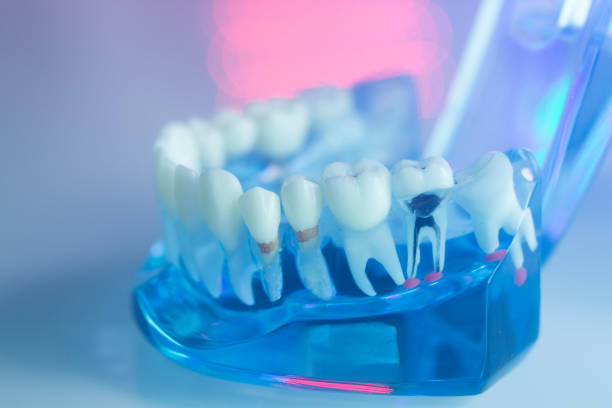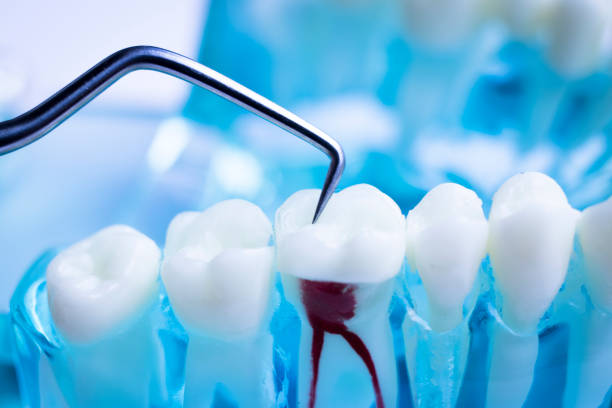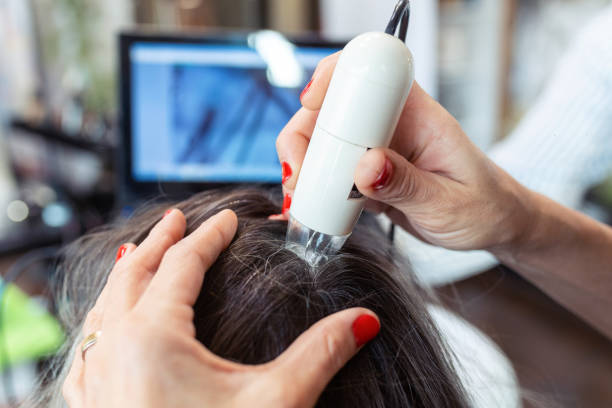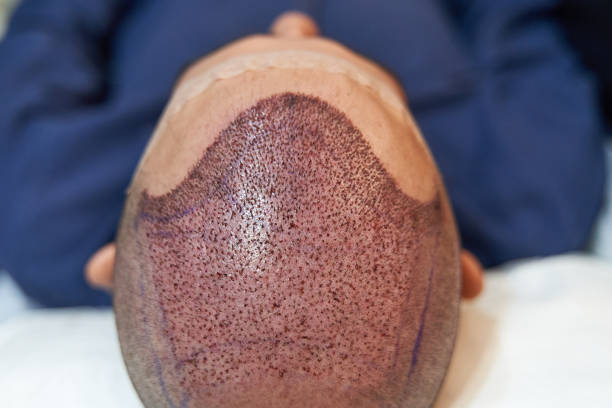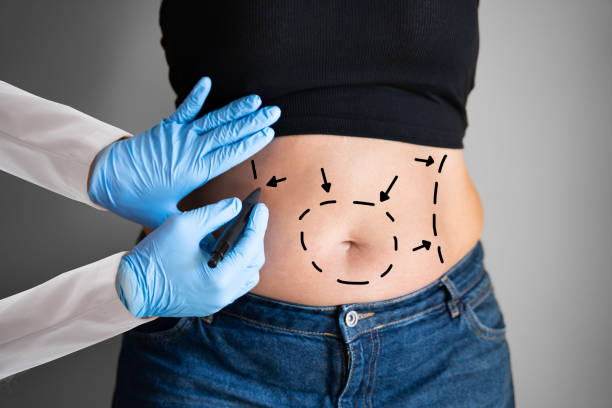 Guaranteed SEO Boost: Triple Your Rankings with Backlinks starting at 5$
Guaranteed SEO Boost: Triple Your Rankings with Backlinks starting at 5$
Understanding Rhinoplasty: A Comprehensive Guide
Written by salmaa ajaib » Updated on: October 17th, 2024
Rhinoplasty in Islamabad, Pakistanhttps://www.skncosmetics.com/cosmetic-surgery/rhinoplasty-nose-surgery/, commonly referred to as a "nose job," is one of the most popular forms of cosmetic surgery. It’s a procedure that involves reshaping or resizing the nose to enhance facial harmony or improve breathing. Rhinoplasty can be both cosmetic and functional, addressing aesthetic concerns while also correcting structural problems such as a deviated septum. In this blog, we’ll delve into the reasons people opt for rhinoplasty, the different types of procedures available, the recovery process, and what to expect in terms of results.
Why Do People Get Rhinoplasty?
People undergo rhinoplasty for a variety of reasons, which generally fall into two categories: cosmetic and medical.
Cosmetic Reasons: Many individuals seek rhinoplasty to improve the appearance of their nose and achieve better facial balance. Common cosmetic issues include:
Hump or bump on the bridge of the nose.
Nose size that feels disproportionate to the face.
Wide nostrils or a bulbous tip.
Crooked nose due to trauma or genetics.
For these individuals, rhinoplasty offers a chance to boost self-confidence and align their external appearance with their desired self-image.
Medical Reasons: Rhinoplasty is also performed for functional reasons. People with breathing difficulties, often due to structural issues such as a deviated septum or nasal valve collapse, may undergo a procedure to improve airflow. Correcting these issues can have significant health benefits, such as reducing snoring or improving sleep quality.
Types of Rhinoplasty
There are several types of rhinoplasty procedures, each tailored to the specific needs and goals of the patient:
Open Rhinoplasty: In an open rhinoplasty, the surgeon makes an incision along the columella (the tissue between the nostrils), allowing full visibility of the nasal structures. This method provides precise control over reshaping the nose, making it ideal for more complex cases, such as correcting a crooked nose or altering the nasal tip. Though the scar is minimal and usually fades over time, this approach is more invasive than others.
Closed Rhinoplasty: With a closed rhinoplasty, all incisions are made inside the nostrils, resulting in no visible scarring. This method is less invasive than open rhinoplasty and often has a shorter recovery time. However, it provides the surgeon with less direct visibility, so it's typically used for less complex reshaping procedures.
Revision Rhinoplasty: Also known as secondary rhinoplasty, this is performed on patients who have previously undergone rhinoplasty but are dissatisfied with the results or need corrections for functional issues that remain unresolved. Revision rhinoplasty can be complex, as it often involves correcting scar tissue and prior alterations.
Septorhinoplasty: This type of rhinoplasty combines both cosmetic changes and functional repairs. In addition to reshaping the nose, septorhinoplasty involves straightening the septum to improve airflow and address breathing problems.
Non-Surgical Rhinoplasty: Also called a "liquid nose job," this procedure involves using injectable fillers, such as hyaluronic acid, to temporarily alter the shape of the nose. While the effects are not permanent, non-surgical rhinoplasty is a popular option for those who want minor adjustments without undergoing surgery.
The Rhinoplasty Procedure
Rhinoplasty is typically performed under general anesthesia or local anesthesia with sedation, depending on the complexity of the case and patient preference. The surgery itself usually takes 1-3 hours.
During the procedure, the surgeon makes incisions either inside the nostrils (closed rhinoplasty) or across the columella (open rhinoplasty). The skin is then lifted, allowing the surgeon to reshape the bone and cartilage to achieve the desired form. The nose is then sutured, and often a splint is placed on the outside to maintain the new shape during healing.
If the patient requires correction of the septum for breathing purposes, the surgeon will adjust this at the same time. Depending on the extent of the reshaping, patients may go home the same day or stay overnight in the hospital for observation.
Recovery and Healing
The recovery process after rhinoplasty can vary from person to person, but there are some common stages:
Week 1: Most patients experience swelling and bruising around the eyes and nose during the first week. This is normal and begins to subside after about 7-10 days. The splint, if used, is usually removed after the first week.
Weeks 2-4: Swelling continues to decrease, and most people can return to work or normal daily activities by this time. However, it's important to avoid strenuous exercise, bending over, or lifting heavy objects, as these activities can exacerbate swelling.
Months 1-3: While much of the swelling subsides within the first month, it can take several months for subtle swelling to completely resolve and for the final shape of the nose to become apparent.
Full Recovery: Rhinoplasty results continue to refine over 6-12 months as the nasal tissue settles and scars fully heal.
What to Expect from the Results
The results of rhinoplasty can be life-changing, especially for those who have been self-conscious about their nose for years or who have struggled with breathing problems. The goal is to achieve a natural-looking result that complements the rest of the face rather than creating an overdone or “surgical” appearance.
It’s important to have realistic expectations. Rhinoplasty can significantly improve facial harmony, but it may not drastically change your overall appearance. Consulting with a board-certified plastic surgeon is crucial in discussing your goals, understanding the limitations of the procedure, and ensuring that you and your surgeon are on the same page.
Risks and Considerations
As with any surgery, rhinoplasty carries certain risks, including infection, bleeding, and complications related to anesthesia. There is also the possibility of dissatisfaction with the results, which is why clear communication with your surgeon about your goals is essential.
Patients considering rhinoplasty should also be prepared for the emotional and physical aspects of recovery. It’s not uncommon for patients to feel a bit anxious or uncertain during the healing process, especially when swelling distorts the appearance of the nose in the early weeks.
Final Thoughts
Rhinoplasty can offer significant cosmetic and functional benefits, enhancing both appearance and quality of life. Whether you’re considering it for aesthetic reasons, medical needs, or a combination of both, thorough research and consultation with an experienced surgeon are key to ensuring a satisfying outcome.
If you’re thinking about rhinoplasty, take the time to understand the procedure, set realistic expectations, and choose a qualified surgeon to guide you through the journey. With proper planning and care, rhinoplasty can be a rewarding decision that positively impacts your self-confidence and well-being.
Disclaimer:
We do not claim ownership of any content, links or images featured on this post unless explicitly stated. If you believe any content or images infringes on your copyright, please contact us immediately for removal ([email protected]). Please note that content published under our account may be sponsored or contributed by guest authors. We assume no responsibility for the accuracy or originality of such content. We hold no responsibilty of content and images published as ours is a publishers platform. Mail us for any query and we will remove that content/image immediately.
Copyright © 2024 IndiBlogHub.com. Hosted on Digital Ocean

